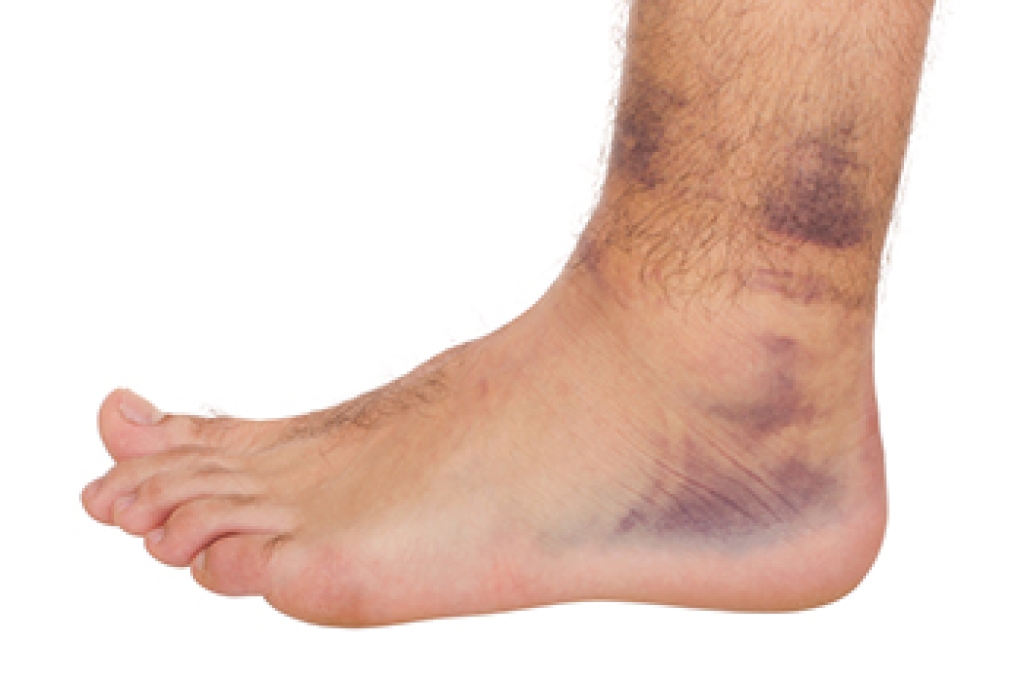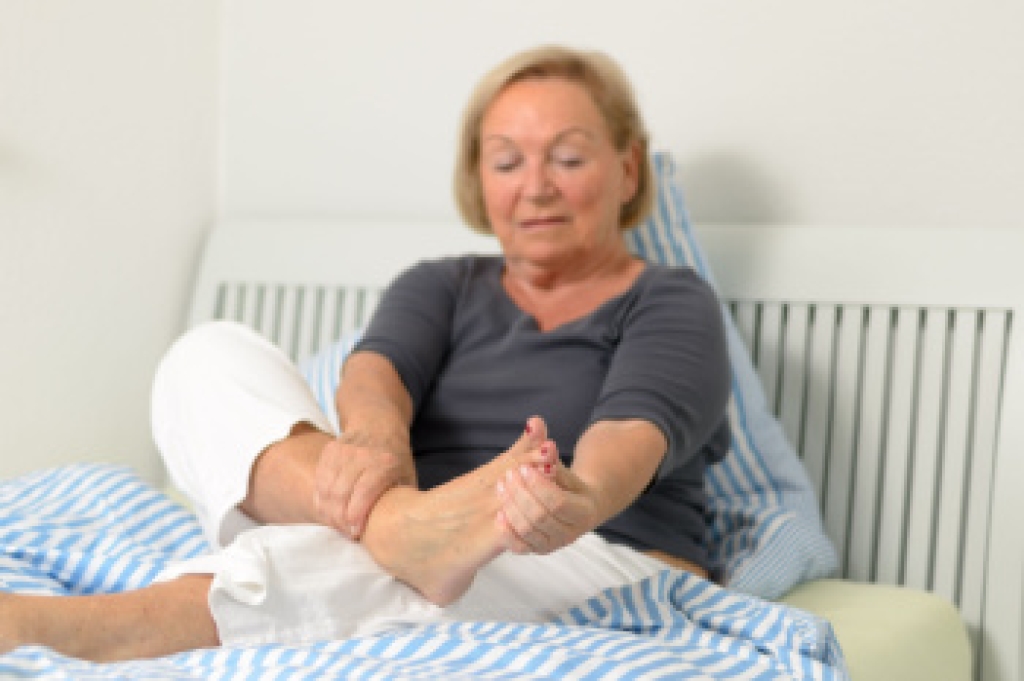
A broken ankle is a fracture of one or more bones that make up the ankle joint. It can be the result of twisting the foot, falling or experiencing a direct impact. Symptoms include sudden pain, swelling, bruising, difficulty moving the ankle, and an inability to bear weight. The area may appear deformed due to the injury. Causes range from sports accidents to simple missteps on uneven ground. A podiatrist can perform a thorough examination, order imaging, and provide treatment that supports healing, reduces pain, and restores function. If you suspect you have broken your ankle, it is suggested that you promptly contact a podiatrist who can accurately diagnose and treat this condition.
Broken ankles need immediate treatment. If you are seeking treatment, contact one of our podiatrists from Front Range Podiatry. Our doctors can provide the care you need to keep you pain-free and on your feet.
Broken Ankles
A broken ankle is experienced when a person fractures their tibia or fibula in the lower leg and ankle area. Both of these bones are attached at the bottom of the leg and combine to form what we know to be our ankle.
When a physician is referring to a break of the ankle, he or she is usually referring to a break in the area where the tibia and fibula are joined to create our ankle joint. Ankles are more prone to fractures because the ankle is an area that suffers a lot of pressure and stress. There are some obvious signs when a person experiences a fractured ankle, and the following symptoms may be present.
Symptoms of a Fractured Ankle
- Excessive pain when the area is touched or when any pressure is placed on the ankle
- Swelling around the area
- Bruising of the area
- Area appears to be deformed
If you suspect an ankle fracture, it is recommended to seek treatment as soon as possible. The sooner you have your podiatrist diagnose the fracture, the quicker you’ll be on the way towards recovery.
If you have any questions, please feel free to contact our office located in Littleton, CO . We offer the newest diagnostic and treatment technologies for all your foot care needs.




